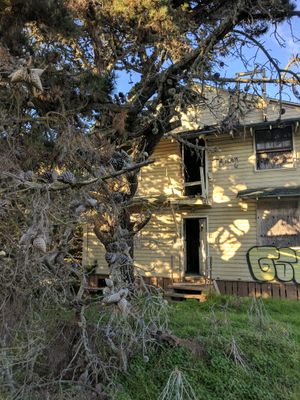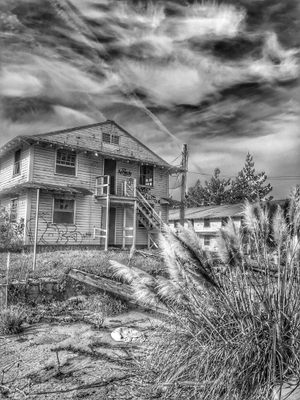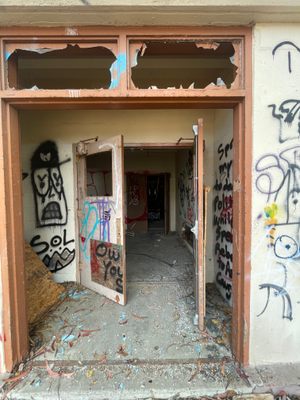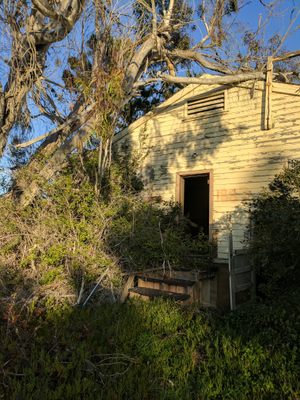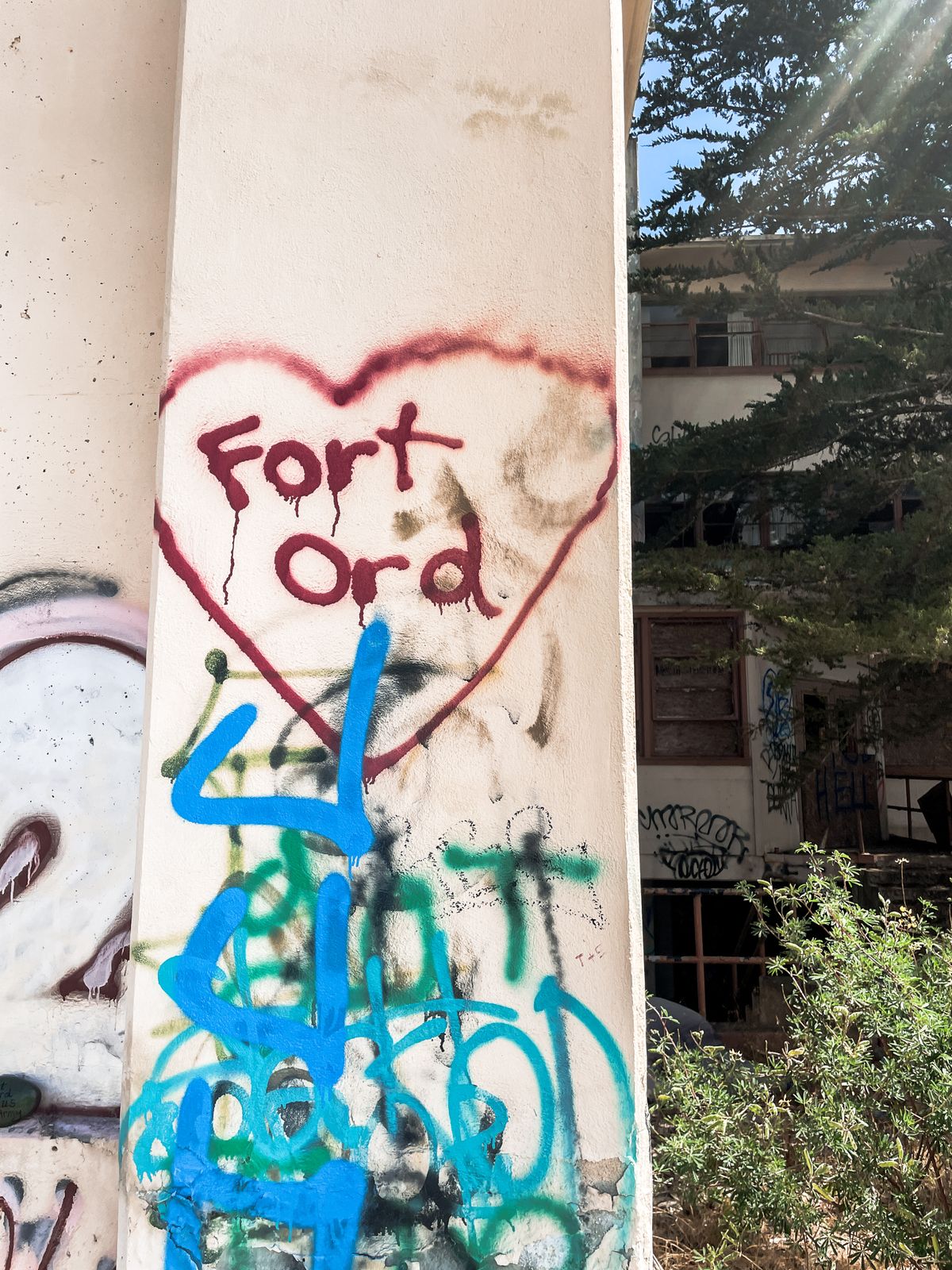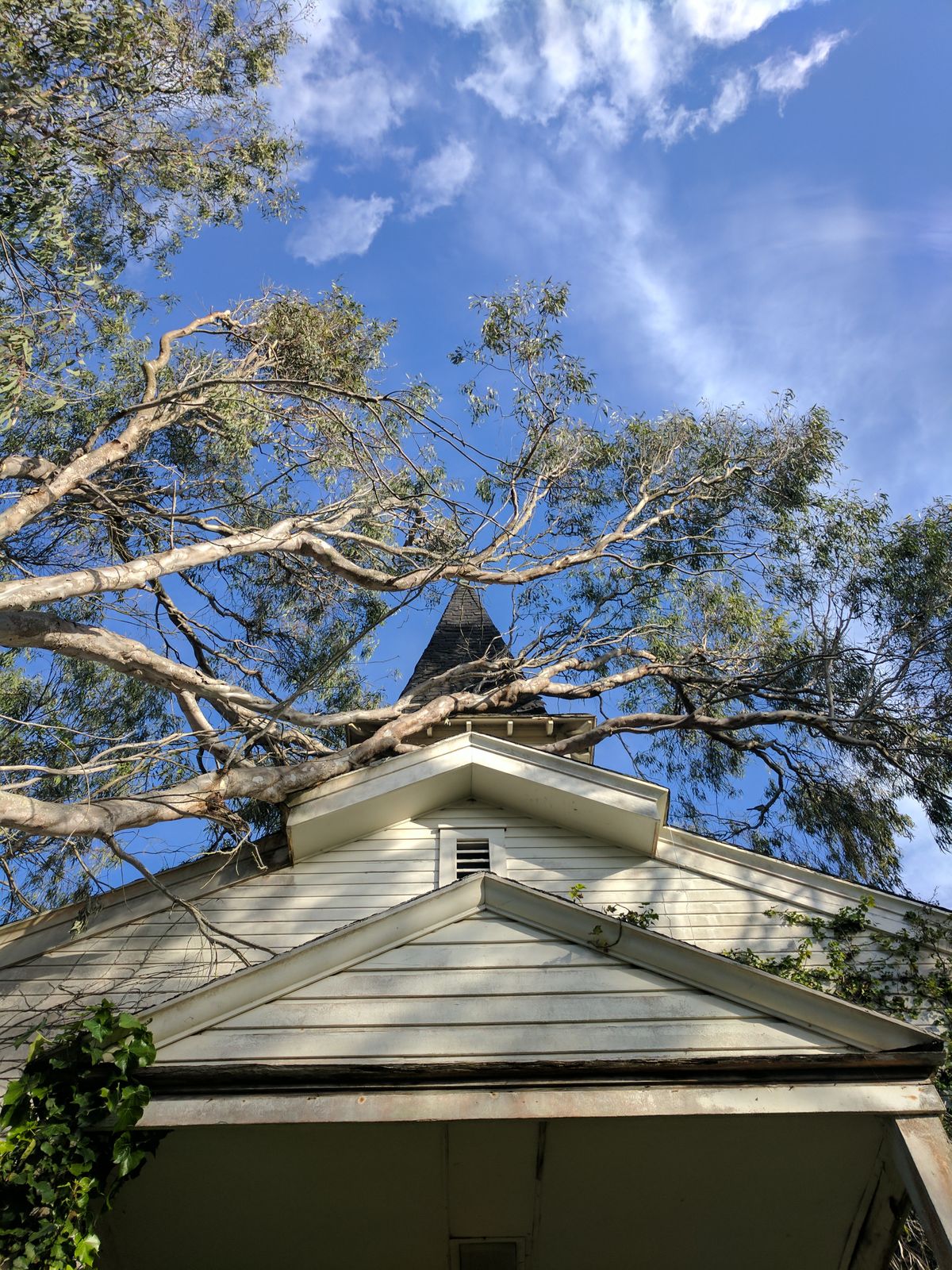About
Fort Ord was once the jewel of the United States Army. Founded in 1917 as a target range for field artillery, it was situated on 45 square miles of dunes and forest along the coast of Monterey Bay. It was considered fortunate to be stationed at Fort Ord, as the surroundings were picturesque and the weather beautiful.
At its height, Fort Ord was home to upwards of 50,000 troops, serving as the staging area for soldiers of the Korean and Vietnam Wars. This installation had an action-packed life for nearly 80 years until the Base Realignment and Closure Commission recommended its closure in 1988.
Under the guidance of the commission, the EPA ran an assessment of the army base's environmental impact, and the results were not promising. Within its 45 square miles were underground storage tanks leaking petroleum into the groundwater, numerous landfills and dump sites, and innumerable unexploded mines. The Fort was promptly closed in 1994—the largest of the military's bases to be shut down—and placed on the National Priorities List as a Superfund site, one of the most toxic places in America.
And so begun a coordinated effort between the government, the military, and the local community to clean up and rejuvenate the aging, polluted property. A major portion of the base became the Fort Ord National Monument, with over 80 miles of public trails snaking through the forests. Another part was given to the California State University of Monterey Bay. And still another section was set aside for commercial and residential development by the surrounding towns.
But approximately 20 percent of the original military structures remain, with lead paint on their walls and weeds peeking through the cracked floorboards. They will eventually either be stripped of their toxic elements and reused in new construction or completely disposed of. Until then, these buildings from Fort Ord's glory days can still be seen, nature slowly creeping through the streets that once heard the rhythmic steps of servicemen long gone.
Related Tags
Know Before You Go
Many of the remaining structures can be accessed through open gates located at regular intervals. Be warned–some structures still contain asbestos and other harmful substances. An annual "Secrets of Fort Ord" Tour provides a comprehensive history of the military base.
Community Contributors
Added By
Published
April 28, 2017





